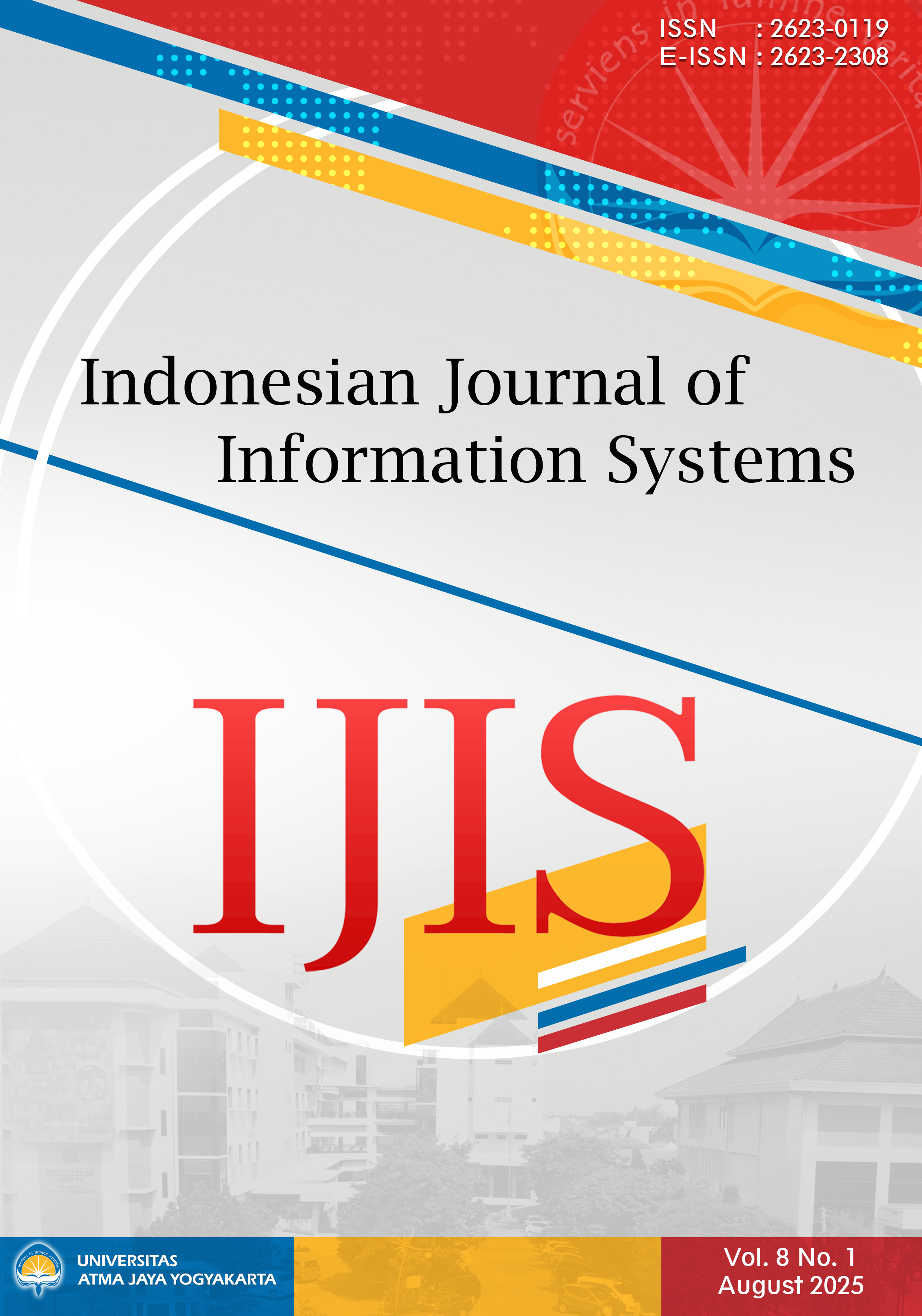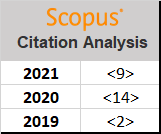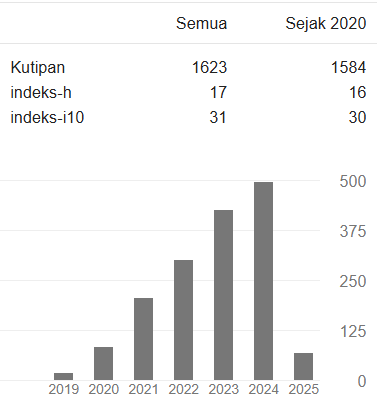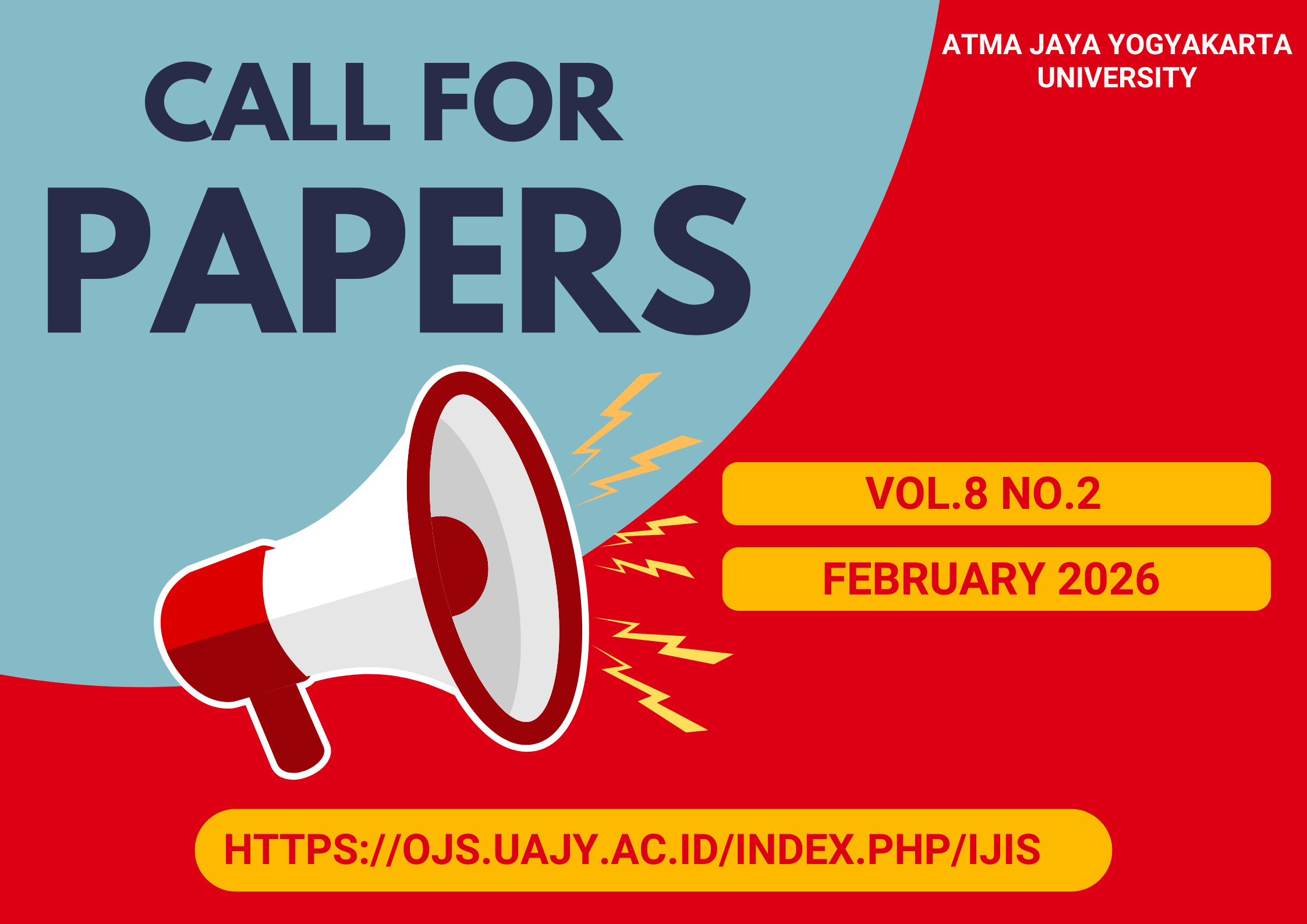Instagram Through Her Eyes: Exploring Female Instagram Content Creators’ Motivations for Content Creation
DOI:
https://doi.org/10.24002/ijis.v8i1.11668Abstract
Instagram has emerged as a dominant social media platform globally, particularly among young female users who engage actively with visual content and digital narratives. While existing studies have explored the psychological implications of social media usage, few have specifically focused on the motivations behind content creation and the nature of posts, especially within the context of South African universities. This study investigates these motivations among female students aged 18–35 at a University of Technology. A mixed-methods approach was employed, incorporating structured surveys, semi-structured interviews, and content analysis of Instagram posts over a three-month period. The findings indicate that motivations such as self-expression and validation underpin much of the content shared. The study contributes to the understanding of online identity construction and emotional regulation in digital spaces, offering insights into mental health awareness, digital literacy education, and inclusive platform design. By examining female students' Instagram engagement in the Global South, this research fills a contextual and theoretical gap, shedding light on the intersection of social media with unique cultural, academic, and technological dynamics.
References
[1] Naveen Kumar, ‘How Many People Use Instagram 2025 [Users Statistics]’, DemandSage. Accessed: May 20, 2025. [Online]. Available: https://www.demandsage.com/instagram-statistics/#:~:text=With%202%20billion%20monthly%20active,hour%20daily%20on%20the%20platform.
[2] D. Boyd, It’s complicated: The social lives of networked teens. Yale University Press, 2014.
[3] A. E. Marwick, ‘Instafame: Luxury selfies in the attention economy’, Public culture, vol. 27, no. 1 (75), pp. 137–160, 2015.
[4] R. Dolan, J. Conduit, C. Frethey-Bentham, J. Fahy, and S. Goodman, ‘Social media engagement behavior: A framework for engaging customers through social media content’, Eur J Mark, vol. 53, no. 10, pp. 2213–2243, 2019.
[5] J. Ringrose and L. Harvey, ‘Boobs, back-off, six packs and bits: Mediated body parts, gendered reward, and sexual shame in teens’ sexting images’, Continuum (N Y), vol. 29, no. 2, pp. 205–217, 2015.
[6] T. H. H. Chua and L. Chang, ‘Follow me and like my beautiful selfies: Singapore teenage girls’ engagement in self-presentation and peer comparison on social media’, Comput Human Behav, vol. 55, pp. 190–197, 2016, doi: https://doi.org/10.1016/j.chb.2015.09.011.
[7] B. E. Duffy and N. K. Chan, ‘“You never really know who’s looking”: Imagined surveillance across social media platforms’, New Media Soc, vol. 21, no. 1, pp. 119–138, 2019.
[8] L. Festinger, ‘A Theory of Social Comparison Processes’, Human Relations, vol. 7, no. 2, pp. 117–140, 1954, doi: 10.1177/001872675400700202.
[9] E. Goffman, ‘Presentation of self in everyday life’, American Journal of Sociology, vol. 55, no. 1, pp. 6–7, 1949.
[10] K. Lup, L. Trub, and L. Rosenthal, ‘Instagram #Instasad?: Exploring Associations Among Instagram Use, Depressive Symptoms, Negative Social Comparison, and Strangers Followed’, Cyberpsychol Behav Soc Netw, vol. 18, no. 5, pp. 247–252, May 2015, doi: 10.1089/cyber.2014.0560.
[11] V. Braun and V. Clarke, ‘Using thematic analysis in psychology’, Qual Res Psychol, vol. 3, no. 2, pp. 77–101, 2006.
[12] K. Tiidenberg and N. K. Baym, ‘Learn it, buy it, work it: Intensive pregnancy on Instagram’, Soc Media Soc, vol. 3, no. 1, p. 2056305116685108, 2017.
[13] V. Boursier, F. Gioia, and M. D. Griffiths, ‘Objectified Body Consciousness, Body Image Control in Photos, and Problematic Social Networking: The Role of Appearance Control Beliefs’, Front Psychol, vol. 11, 2020, doi: 10.3389/fpsyg.2020.00147.
[14] S. Casale and V. Banchi, ‘Narcissism and problematic social media use: A systematic literature review’, Addictive Behaviors Reports, vol. 11, p. 100252, 2020, doi: https://doi.org/10.1016/j.abrep.2020.100252.
[15] D. A. De Vries, A. M. Möller, M. S. Wieringa, A. W. Eigenraam, and K. Hamelink, ‘Social comparison as the thief of joy: Emotional consequences of viewing strangers’ Instagram posts’, Media Psychol, vol. 21, no. 2, pp. 222–245, 2018.
[16] D. Marengo, C. Sindermann, J. D. Elhai, and C. Montag, ‘One social media company to rule them all: associations between use of Facebook-owned social media platforms, sociodemographic characteristics, and the big five personality traits’, Front Psychol, vol. 11, p. 936, 2020.
[17] G. S. Cornelio and A. Roig, ‘Mixed methods on Instagram research: Methodological challenges in data analysis and visualization’, Convergence, vol. 26, no. 5–6, pp. 1125–1143, 2020.
[18] P. Sheldon and K. Bryant, ‘Instagram: Motives for its use and relationship to narcissism and contextual age’, Comput Human Behav, vol. 58, pp. 89–97, 2016.
[19] E. Djafarova and O. Trofimenko, ‘“Instafamous”–credibility and self-presentation of micro-celebrities on social media’, Inf Commun Soc, vol. 22, no. 10, pp. 1432–1446, 2019.
[20] E. Lee, J.-A. Lee, J. H. Moon, and Y. Sung, ‘Pictures speak louder than words: Motivations for using Instagram’, Cyberpsychol Behav Soc Netw, vol. 18, no. 9, pp. 552–556, 2015.
[21] R. Frei and F. Ulloa, ‘Testing the Self: Digital Trials and Identity Work on Instagram’, Int J Commun, vol. 19, p. 21, 2025.
[22] A. E. Marwick, Status update: Celebrity, publicity, and branding in the social media age. yale university press, 2013.
[23] F. Z. Saleem and O. Iglesias, ‘Exploring the motivation of affect management in fostering social media engagement and related insights for branding’, Internet Research, vol. 30, no. 1, pp. 67–83, 2020.
[24] J. Nesi and M. J. Prinstein, ‘Using social media for social comparison and feedback-seeking: Gender and popularity moderate associations with depressive symptoms’, J Abnorm Child Psychol, vol. 43, pp. 1427–1438, 2015.
[25] L. De Vries, S. Gensler, and P. S. H. Leeflang, ‘Popularity of brand posts on brand fan pages: An investigation of the effects of social media marketing’, Journal of interactive marketing, vol. 26, no. 2, pp. 83–91, 2012.
[26] S. Khamis, L. Ang, and R. Welling, ‘Self-branding,‘micro-celebrity’and the rise of social media influencers’, Celebr Stud, vol. 8, no. 2, pp. 191–208, 2017.
[27] T. M. Senft, ‘Microcelebrity and the branded self’, A companion to new media dynamics, pp. 346–354, 2013.
[28] A. Bandura and R. H. Walters, Social learning theory, vol. 1. Prentice hall Englewood Cliffs, NJ, 1977.
[29] C. Abidin, ‘Visibility labour: Engaging with Influencers’ fashion brands and# OOTD advertorial campaigns on Instagram’, Media International Australia, vol. 161, no. 1, pp. 86–100, 2016.
[30] J. Vitak, ‘The impact of context collapse and privacy on social network site disclosures’, J Broadcast Electron Media, vol. 56, no. 4, pp. 451–470, 2012.
[31] N. B. Ellison, C. Steinfield, and C. Lampe, ‘The benefits of Facebook “friends:” Social capital and college students’ use of online social network sites’, Journal of computer‐mediated communication, vol. 12, no. 4, pp. 1143–1168, 2007.
[32] A. M. Rubin, ‘Television uses and gratifications: The interactions of viewing patterns and motivations’, J Broadcast Electron Media, vol. 27, no. 1, pp. 37–51, 1983.
[33] P. M. Valkenburg and J. Peter, ‘Social consequences of the Internet for adolescents: A decade of research’, Curr Dir Psychol Sci, vol. 18, no. 1, pp. 1–5, 2009.
[34] K. Kondakciu, M. Souto, and L. T. Zayer, ‘Self-presentation and gender on social media: an exploration of the expression of “authentic selves”’, Qualitative Market Research: An International Journal, vol. 25, no. 1, pp. 80–99, 2022.
[35] M. Csikszentmihalyi and M. Csikzentmihaly, Flow: The psychology of optimal experience, vol. 1990. Harper & Row New York, 1990.
[36] T. Leaver, T. Highfield, and C. Abidin, Instagram: Visual social media cultures. John Wiley & Sons, 2020.
[37] J. Taylor and G. Armes, ‘Social comparison on Instagram, and its relationship with self-esteem and body-esteem’, Discover Psychology, vol. 4, no. 1, p. 126, 2024.
[38] B. G. Bergman, T. M. Dumas, M. A. Maxwell-Smith, and J. P. Davis, ‘Instagram participation and substance use among emerging adults: The potential perils of peer belonging’, Cyberpsychol Behav Soc Netw, vol. 21, no. 12, pp. 753–760, 2018.
Downloads
Published
How to Cite
Issue
Section
License

This work is licensed under a Creative Commons Attribution-ShareAlike 4.0 International License.
Indonesian Journal of Information Systems as journal publisher holds copyright of papers published in this journal. Authors transfer the copyright of their journal by filling Copyright Transfer Form and send it to Indonesian Journal of Information Systems.

Indonesian Journal of Information Systems is licensed under a Creative Commons Attribution-NonCommercial 4.0 International License.

















